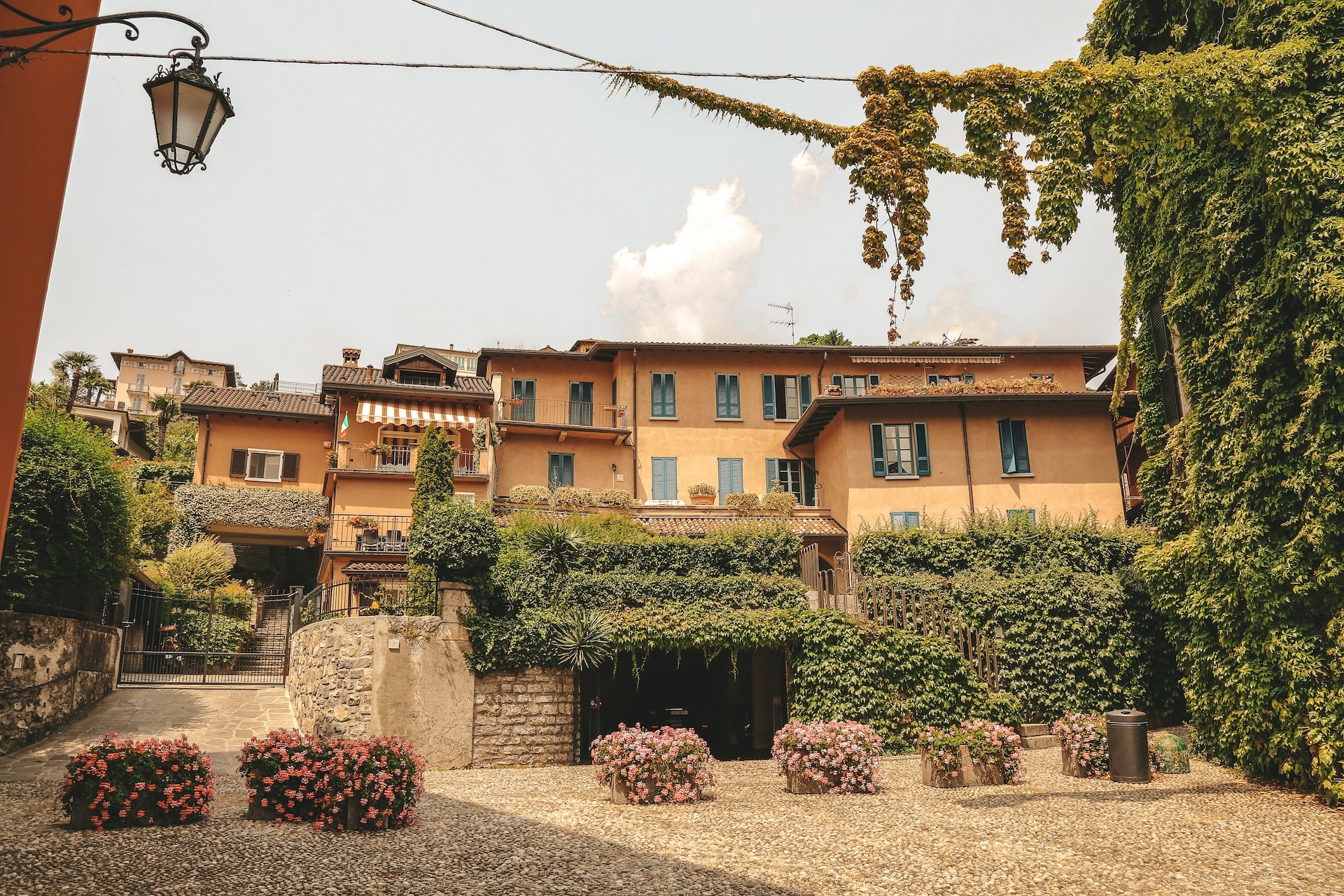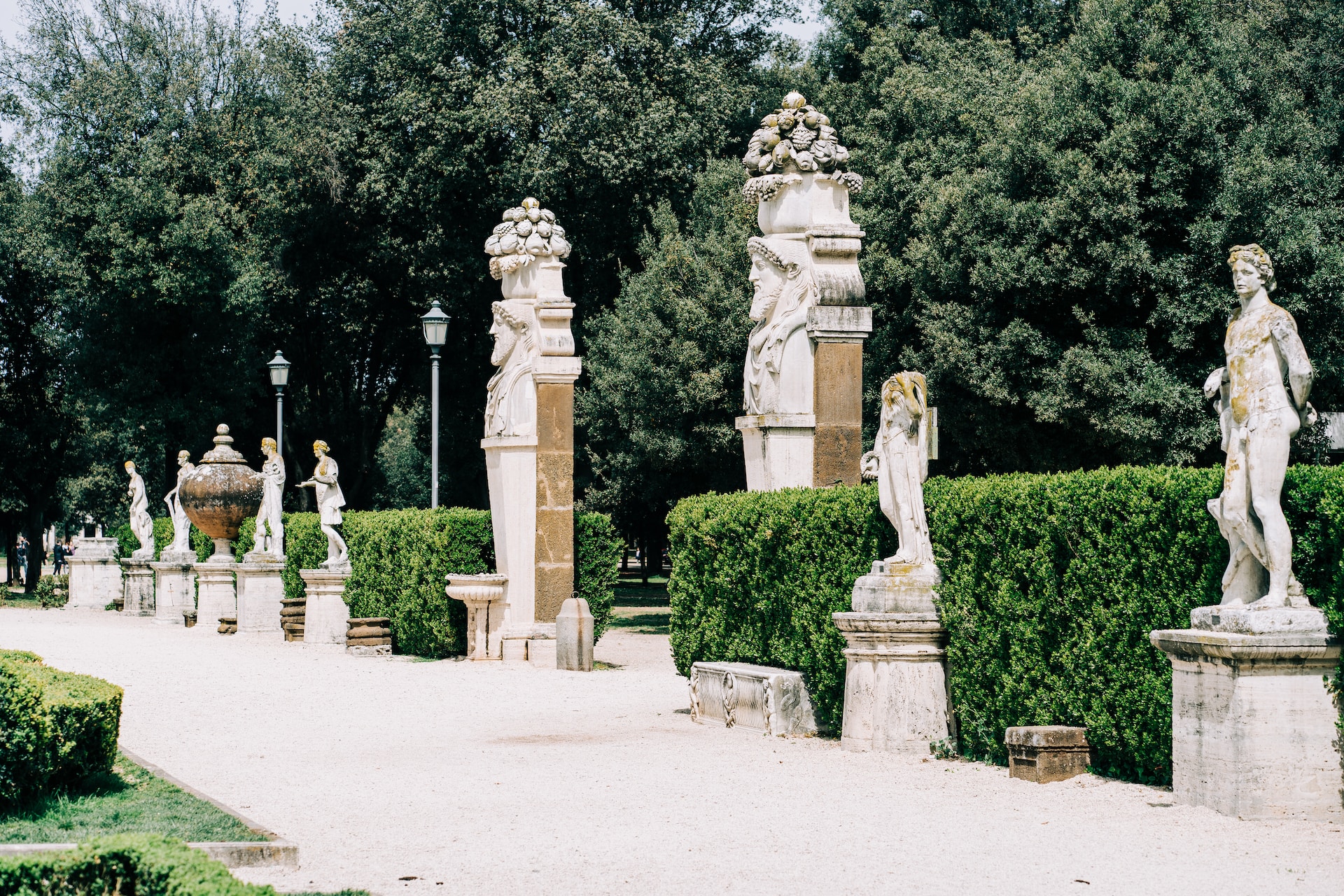Reviving Eden: How the Renaissance Transformed Italian Garden Design

Italian gardens, also known as formal gardens, are famous for their beauty and symmetry. But where does this unique aesthetic come from? The influence of the Italian Renaissance on Italian gardens is undeniable and worth exploring in detail.
The Renaissance, which began in Italy in the 14th century before spreading throughout Europe, was an extremely important artistic, cultural and intellectual movement. It marked an era of renewal, where ancient knowledge was rediscovered and the arts were revitalized. This period also had a significant influence on landscaping and garden architecture.
One of the main characteristics of Italian gardens is their axiality. This straight line design reflects the Renaissance interest in geometry and order. The gardens are designed so that each element is carefully placed to create visual harmony. The paths, flower beds and fountains are arranged symmetrically, thus forming a balanced whole.
Another important aspect of the Renaissance influence on Italian gardens is the use of architectural elements. Renaissance villas and palaces were often surrounded by gardens, and these green spaces blended harmoniously into the surrounding architecture. Italian gardens used columns, archways and statues to create visual focal points and add architectural dimension to the whole.
The Renaissance also brought a new approach to botany and horticulture. Italian gardens were often filled with exotic plants, imported from voyages of discovery of the time. Gardeners experimented with new growing techniques and demonstrated innovation by mixing different plant species to create spectacular arrangements. Gardens were often places for experimentation and the exchange of knowledge about plants and their cultivation.
The Renaissance also influenced the choice of colors in Italian gardens. The gardens were designed to be an extension of the surrounding buildings, and the colors used in the flower beds were carefully selected to create harmony with the architecture. Flowers in bright hues, such as red, yellow and blue, were commonly used to brighten up gardens and create a cheerful and welcoming atmosphere.

The influence of oriental gardens on Italian gardens
While recognizing the undeniable impact of the Renaissance on Italian gardens, it is essential to explore another influence that shaped the landscape of these iconic gardens: the inspiration of oriental gardens. Indeed, during the Renaissance period, cultural exchanges between East and West flourished, influencing the design and aesthetics of Italian gardens.
One of the major contributions of oriental gardens to Italian tradition lies in the emphasis on water. While Renaissance gardens emphasized symmetry, Oriental gardens incorporated water as a central element, surrounded by lush vegetation. Winding canals, sky-reflecting pools and trickling fountains are all examples of the integration of water into these green spaces.
Oriental gardens also emphasize the quest for serenity and contemplation. Unlike the axiality of Italian gardens, oriental gardens invite you to wander. Winding paths lead visitors through a series of landscaped “rooms,” with each space offering a unique experience. This approach influenced the way some Italian gardens were designed, incorporating more intimate and secluded areas.
The design of oriental gardens is also centered on the concept of seasonality. Each season brings visual and olfactory changes, allowing visitors to appreciate the fleeting beauty of nature. This ever-changing appreciation of nature encouraged Italian gardeners to incorporate plants that flower at different times of the year, ensuring a changing spectacle throughout the seasons.
Finally, the art of pruning, widely practiced in oriental gardens, inspired the creation of distinctive plant shapes and structures in Italian gardens. Topiary art, where shrubs and trees are pruned into artistic and architectural forms, was influenced by oriental pruning techniques, bringing another aesthetic dimension to these green spaces.
The hidden symbolism of the elements of Italian gardens
While it is true that Italian gardens are recognized for their aesthetic beauty, the deeper meaning of some of their elements is often overlooked. These gardens are not simply visual works of art; they also convey a rich tapestry of messages and symbolism, inspired by various cultural and philosophical influences.
An often overlooked aspect is how these gardens reflect the humanist philosophy of the Renaissance. At that time, man perceived himself as the center of the universe, and this is evident in the way the gardens were organized. The presence of straight paths and architectural focal points, such as fountains and statues, illustrate the idea that nature can and should be harnessed and shaped by man.
Then, the water, which flows abundantly in these gardens, is not only an aesthetic element. It represents life, renewal and the passage of time. Fountains, in particular, evoke the idea of rebirth, a fundamental concept of the Renaissance period. The gushing of water symbolizes the emanation of life and creative power.
Statues, omnipresent in Italian gardens, are not just decorative elements. They are often depictions of gods, goddesses or other mythological figures, evoking stories and lessons from classical mythology. For example, a statue of Aphrodite could be a meditation on beauty and love, while Hercules could symbolize strength and bravery.
The plants chosen also had their own symbolism. Roses, for example, were often associated with love and passion, while laurel symbolized victory. These plants were not only chosen for their beauty, but also for the depth of messages they could convey.
Comments
Leave a comment